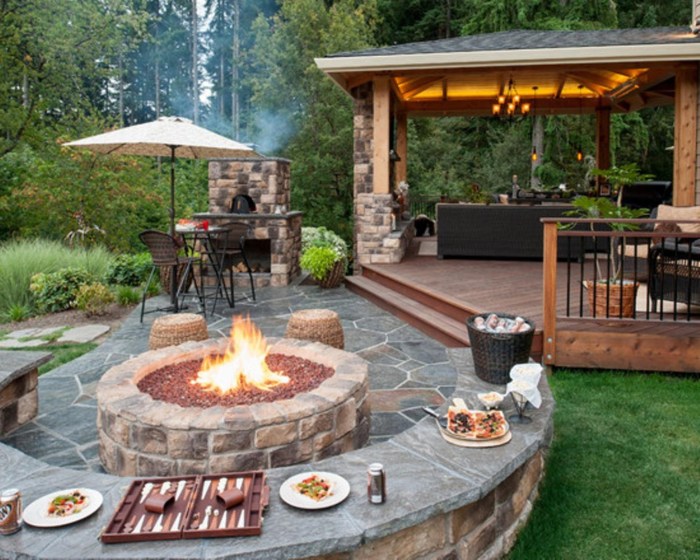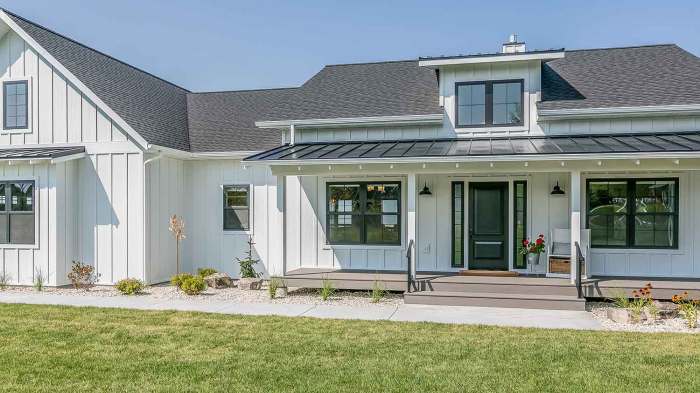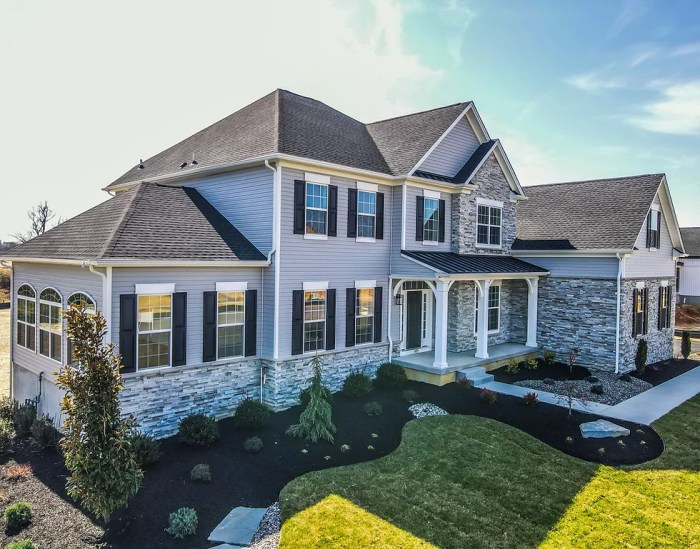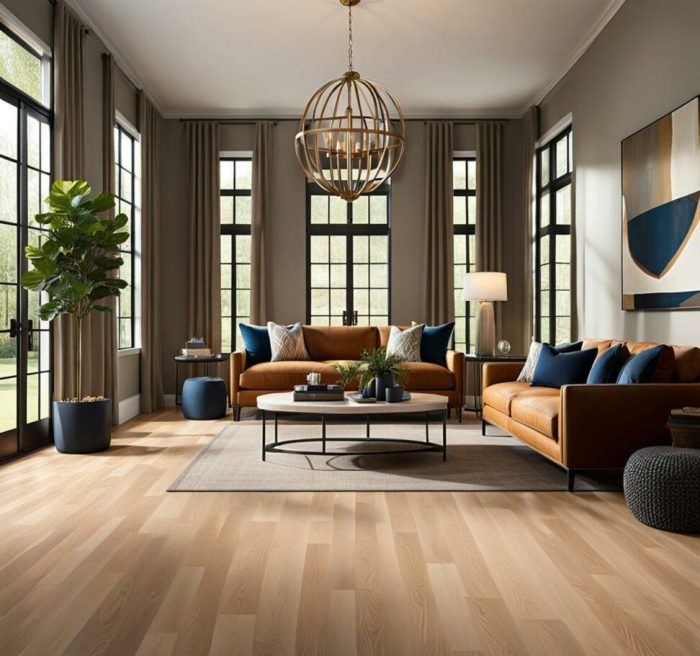Exploring Affordable Home Siding Options
Affordable home siding options offer homeowners a cost-effective way to enhance the appearance and durability of their homes. In this comprehensive guide, we delve into the various siding materials available, comparing their costs and maintenance requirements to help you make an informed decision.
Types of Affordable Home Siding Options
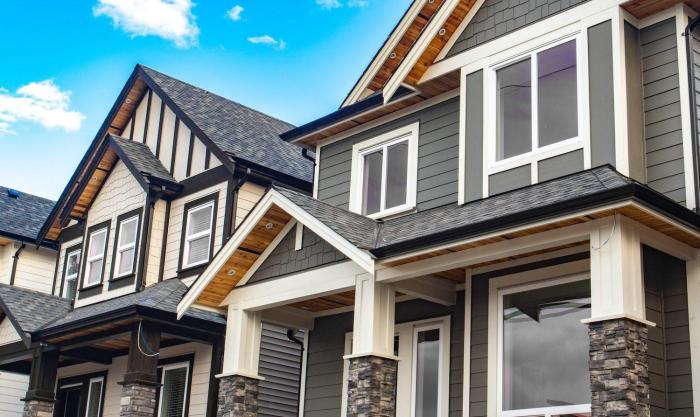
When considering affordable home siding options, there are various materials to choose from that can fit within different budget constraints. Each siding material comes with its own set of advantages and considerations to keep in mind. Here are five types of affordable home siding options:
Vinyl Siding
Vinyl siding is a popular choice due to its affordability and low maintenance requirements. It is cost-effective both in terms of initial installation and long-term upkeep. Vinyl siding is durable, resistant to rot and insects, and comes in a wide range of colors and styles.
Fiber Cement Siding
Fiber cement siding offers a more upscale look while remaining cost-effective. It is a versatile material that can mimic the appearance of wood or stucco but requires less maintenance. Fiber cement siding is durable, fire-resistant, and can withstand various weather conditions.
Engineered Wood Siding
Engineered wood siding combines wood fibers and other materials to create a durable and cost-effective option. It provides a natural wood look without the high price tag or extensive maintenance requirements. Engineered wood siding is resistant to rot, pests, and moisture.
Metal Siding
Metal siding, such as aluminum or steel, is a budget-friendly choice that offers durability and longevity. It is resistant to fire, rot, and pests, making it a low-maintenance option for homeowners. Metal siding comes in various colors and finishes to suit different architectural styles.
Stucco Siding
Stucco siding is a cost-effective option that provides excellent insulation and durability. It is a versatile material that can be applied over various surfaces, creating a seamless and attractive finish. Stucco siding requires minimal maintenance and can last for many years with proper care.
Pros and Cons of Various Siding Options
When considering affordable siding options for your home, it's important to weigh the advantages and disadvantages of each material. From cost-effectiveness to energy efficiency, each type of siding comes with its own set of pros and cons that can impact the overall look and feel of your home.
Vinyl Siding
Vinyl siding is a popular choice for homeowners due to its affordability and low maintenance. It comes in a variety of colors and styles, making it versatile for different home designs. However, one drawback of vinyl siding is that it can crack or fade over time, requiring replacement.
In terms of energy efficiency, vinyl siding can provide some insulation but may not be as effective as other materials.
Fiber Cement Siding
Fiber cement siding is known for its durability and resistance to fire, insects, and rot. It can mimic the look of wood or stucco without the high maintenance needs. While fiber cement siding is relatively affordable, installation costs can be higher due to its weight and complexity.
In terms of energy efficiency, fiber cement siding can provide good insulation, helping to lower energy bills.
Wood Siding
Wood siding offers a natural and timeless aesthetic to a home, enhancing its curb appeal. It can be painted or stained to achieve the desired look, making it customizable to fit different styles. However, wood siding requires regular maintenance, such as painting or sealing, to prevent rot and decay.
In terms of energy efficiency, wood siding can provide some insulation but may not be as efficient as other materials.
Engineered Wood Siding
Engineered wood siding is a more affordable alternative to traditional wood siding, offering similar aesthetics at a lower cost. It is engineered to resist moisture, rot, and pests, making it a low-maintenance option. However, engineered wood siding may not have the same level of durability as natural wood.
In terms of energy efficiency, it can provide moderate insulation but may not be as efficient as other materials.
Installation and Maintenance Tips
When it comes to affordable home siding options, proper installation and maintenance are key to ensuring longevity and cost-effectiveness. Here are some tips to help you with the process:
Step-by-Step Guide for Installation
- Prepare the surface: Make sure the surface is clean, dry, and free from any debris before starting the installation process.
- Measure and cut: Take accurate measurements of the area to be covered and cut the siding panels accordingly to fit the space properly.
- Install the siding: Start from the bottom and work your way up, ensuring each panel is securely attached and level.
- Finish and seal: Once all panels are installed, make sure to seal the edges and corners properly to prevent moisture infiltration.
Cost-Saving Tips for Maintenance
- Regular cleaning: Keeping your siding clean can help prevent mold and mildew buildup, extending its lifespan.
- Inspect for damage: Regularly inspect your siding for any signs of damage or wear and tear, and address them promptly to avoid costly repairs.
- DIY repairs: Minor repairs like fixing loose panels or repainting small areas can be done yourself to save on maintenance costs.
Importance of Proper Insulation
Proper insulation is crucial when installing siding as it helps improve energy efficiency and reduce heating and cooling costs. Insulation also helps prevent moisture from seeping into the walls, protecting your home's structure from damage.
Addressing Common Maintenance Issues
- Vinyl siding: Keep an eye out for cracks or warping, which can be signs of moisture damage. Replace damaged panels promptly to prevent further issues.
- Fiber cement siding: Check for any signs of water damage or chipping paint. Repaint or seal any damaged areas to maintain the integrity of the siding.
- Wood siding: Look out for rot or termite damage, especially in humid climates. Treat the affected areas and consider applying a protective sealant to prevent future damage.
Environmental Impact of Affordable Siding
When considering affordable siding options for your home, it is crucial to also take into account the environmental impact of the materials you choose. By opting for sustainable and eco-friendly siding materials, you can reduce your carbon footprint and contribute to a healthier planet.
Sustainability of Various Affordable Siding Materials
- Vinyl Siding: Vinyl siding is not biodegradable and can release toxic chemicals when manufactured or disposed of improperly. However, it is energy-efficient and can be recycled.
- Fiber Cement Siding: Fiber cement siding is durable and low-maintenance, but its production process involves high energy consumption. It can be recycled but requires specialized facilities.
- Wood Siding: Wood siding is a renewable resource but requires regular maintenance and treatment to prevent rot and decay. Opt for sustainably sourced wood to minimize environmental impact.
Choosing Environmentally Responsible Siding Materials
- Look for siding materials that are made from recycled or sustainable sources.
- Consider the energy efficiency and longevity of the material to reduce the need for frequent replacements.
- Check if the siding material can be recycled at the end of its lifespan to minimize waste.
Recycling Options for Old Siding Materials
- Contact your local recycling facilities to inquire about the proper disposal of old siding materials.
- Some siding materials can be repurposed or recycled into new products, reducing the environmental impact of disposal.
- Consult with a professional contractor to ensure that the old siding is removed and disposed of in an environmentally responsible manner.
Outcome Summary
As we conclude our exploration of affordable home siding options, it becomes evident that choosing the right siding material can significantly impact your home's aesthetics and sustainability. By considering the pros and cons of each option and understanding the installation and maintenance tips, you can transform your home while staying within budget.
Frequently Asked Questions
What are the most common types of affordable siding materials?
Common affordable siding materials include vinyl, fiber cement, wood, metal, and engineered wood.
How can I enhance the energy efficiency of my home with affordable siding options?
You can improve energy efficiency by choosing insulated siding materials or adding insulation during installation.
Are there any eco-friendly affordable siding options available?
Yes, materials like fiber cement and engineered wood are considered environmentally responsible choices.
What maintenance issues should I be aware of when it comes to affordable siding?
Common maintenance issues include mold growth, fading, and warping, which can be addressed with proper care and cleaning.
